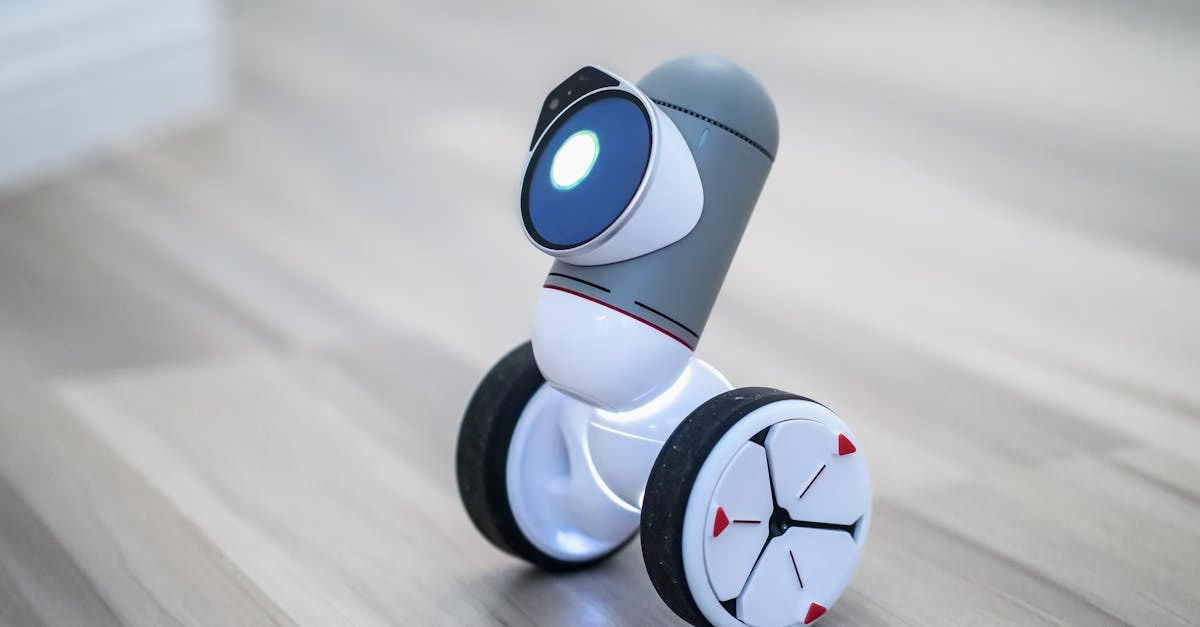Agentic AI is not just about what it can do today, but what it will become tomorrow. From personal helpers to space explorers, Agentic AI is heading toward amazing new directions that will change the world.
Background
Agentic AI refers to systems that act with purpose, adapt to environments, and make decisions like living agents. Unlike simple programs, Agentic AI can sense, plan, learn, and act independently. As this technology grows, it is opening up exciting new directions in science, education, environment, healthcare, and beyond. These directions are not just ideas—they are future paths that scientists, developers, and young learners can explore. Understanding where Agentic AI is going helps us prepare for the jobs, challenges, and innovations of tomorrow. Whether it’s guiding a robot on Mars or supporting mental health at home, these AI agents will be all around us. The seven directions below highlight key areas where Agentic AI will play a big role. Learning about them will help you think ahead and become a creator, not just a user, of this future technology.
7 Main Future Directions for Agentic AI
- Human-AI Collaboration
- Autonomous Robotics
- AI in Space Exploration
- Personalized Education
- Mental Health and Emotional Support
- Smart Cities and Urban Automation
- Environmental Protection and Sustainability
1. Human-AI Collaboration
What is this Direction?
This direction focuses on AI agents working closely with people as teammates. Instead of replacing humans, Agentic AI will assist them in thinking, deciding, and acting across fields like design, writing, problem-solving, and decision-making.
- AI works alongside humans, not in place of them
- Shared decision-making improves results
- Helps in healthcare, education, research, and office work
Why is it Required?
Humans have creativity, emotions, and experience. AI has speed, memory, and logic. Working together combines the best of both. Collaboration also builds trust and avoids job loss fear.
- Boosts human potential with AI support
- Creates better outcomes through joint efforts
- Keeps humans in control of decisions
Agentic AI Future in this Direction
Future AI agents will become thinking partners—writing with authors, diagnosing with doctors, and designing with engineers. They will understand human language, context, and emotions to offer meaningful help.
- Develops co-creative tools like coding buddies and writing partners
- Builds AI that adapts to each user’s style and goals
- Makes workplaces smarter, faster, and more human-friendly
2. Autonomous Robotics
What is this Direction?
This direction explores the use of AI agents in robots that move, sense, and act in the real world—without human control. These robots can fly, drive, swim, or walk while completing missions on their own.
- Combines AI with mechanical bodies
- Supports work in dangerous or remote areas
- Useful in defense, delivery, space, and factories
Why is it Required?
Many tasks are too risky, boring, or far for humans. Robots with Agentic AI can do those jobs safely and efficiently, like mine rescue or nuclear inspection.
- Improves safety by removing humans from danger zones
- Works 24/7 without breaks or emotions
- Handles tasks humans can’t physically do
Agentic AI Future in this Direction
Future robots will have their own goals, maps, memories, and decision-making abilities. They’ll deliver supplies, explore planets, or help in disaster zones—making real-time choices on their own.
- Enables fully autonomous drones and mobile robots
- Uses sensors, maps, and plans to move and act
- Integrates robots into daily life—from farming to homes
3. AI in Space Exploration
What is this Direction?
Agentic AI in space means building AI agents that help explore planets, operate satellites, and assist astronauts. These agents act as autonomous explorers where human contact is slow or impossible.
- Operates space probes and rovers intelligently
- Supports communication, navigation, and safety
- Assists astronauts in deep-space missions
Why is it Required?
Space is vast, far, and dangerous. Delays in communication make it hard for Earth to control everything. AI agents must make decisions on the spot in space.
- Helps manage long-duration missions without human oversight
- Responds instantly to emergencies in space
- Solves problems when humans are unavailable
Agentic AI Future in this Direction
In the future, AI agents will explore distant moons, run experiments, and maybe build space habitats. They will learn, adapt, and decide like mini astronauts.
- Powers intelligent rovers and orbiters
- Assists in space construction, repairs, and navigation
- Helps scientists analyze data from alien worlds faster
4. Personalized Education
What is this Direction?
This direction uses AI agents as personal tutors who adjust lessons based on each student’s level, interest, and pace. It makes learning fun, flexible, and effective.
- Delivers one-on-one learning experiences
- Tracks progress and gives feedback
- Adapts to student mood and interest
Why is it Required?
Not every student learns the same way or at the same speed. AI tutors can solve this by personalizing lessons, helping teachers, and making learning global.
- Reduces pressure and increases engagement
- Fills gaps in education where teachers are few
- Brings advanced learning tools to all areas
Agentic AI Future in this Direction
Future classrooms may include AI companions who help with questions, practice skills, and encourage curiosity. They will even support emotional growth and creativity.
- Builds intelligent study partners and homework helpers
- Integrates with voice, video, and AR/VR learning tools
- Makes education more inclusive and lifelong
5. Mental Health and Emotional Support
What is this Direction?
Agentic AI agents will offer emotional care—by listening, supporting, and guiding people through tough times. These AI systems will not replace therapists but assist in self-care and early help.
- Provides support during anxiety or sadness
- Offers motivational coaching or check-ins
- Detects stress through voice or behavior
Why is it Required?
Mental health issues are rising, and many people don’t get the help they need. AI can fill this gap by being available 24/7 and keeping conversations private.
- Reaches people in remote or low-resource areas
- Offers support without judgment
- Supports schools, workplaces, and elderly care
Agentic AI Future in this Direction
Future AI agents will understand emotion better—detecting tone, facial expressions, and language to offer caring responses. They’ll encourage self-reflection, build resilience, and connect users to real help when needed.
- Creates emotionally aware digital companions
- Builds trust with private, respectful conversations
- Supports early detection of mental health challenges
6. Smart Cities and Urban Automation
What is this Direction?
This direction uses Agentic AI to manage cities—handling traffic, safety, energy, and public services automatically. It connects systems into one intelligent network.
- Controls signals, cameras, and sensors together
- Uses data to make real-time urban decisions
- Manages energy, transport, and emergency systems
Why is it Required?
Modern cities are large and crowded. Human control of every part is slow and inefficient. AI agents can optimize city life and reduce waste or delays.
- Makes cities safer, cleaner, and faster
- Helps reduce pollution and power usage
- Manages emergencies more quickly
Agentic AI Future in this Direction
Future cities may have AI agents that guide traffic, monitor pollution, manage waste, and alert services to danger—without needing constant human supervision.
- Designs adaptive, responsive city systems
- Uses real-time data for public safety and transport
- Connects citizens through smart infrastructure
7. Environmental Protection and Sustainability
What is this Direction?
This direction focuses on using AI agents to fight climate change, conserve nature, and monitor ecosystems. These agents gather data, spot patterns, and take actions to protect the planet.
- Monitors forests, oceans, and wildlife
- Helps in farming, energy, and disaster recovery
- Predicts weather or climate events early
Why is it Required?
Earth faces serious environmental problems—pollution, deforestation, and rising temperatures. AI can act faster and more widely than human teams.
- Helps find solutions that humans miss
- Saves time in tracking and responding to environmental risks
- Assists in long-term sustainability goals
Agentic AI Future in this Direction
Future AI agents will watch forests for illegal cutting, guide smart irrigation, and recommend clean energy plans. They may even help design eco-friendly cities and products.
- Builds AI systems that think green
- Supports global climate research and response
- Encourages sustainability in daily life
Conclusion
The future of Agentic AI is not one single road—it’s a network of exciting paths in many directions. From working with humans to exploring space, from teaching kids to protecting the planet, Agentic AI will be part of everything we do. These seven directions show how powerful and helpful AI agents can be when guided by good goals, smart tools, and caring minds. Each direction offers opportunities for young people to imagine, learn, and build better futures. Agentic AI will not only change technology—it will change how we live, learn, work, and care for each other. As future inventors, researchers, and citizens, young minds should think deeply about how to use AI wisely. The journey of Agentic AI has just begun, and its next steps will be shaped by those who understand its promise and guide it with purpose.




